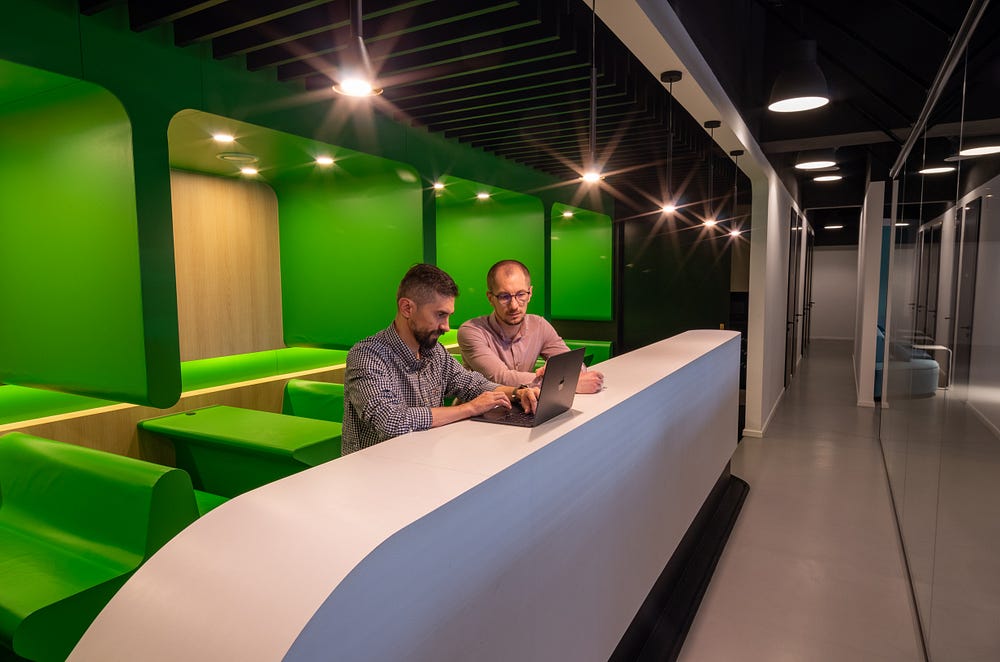Your Crash Course in Python Programming

Are you interested in learning Python? Python is a popular programming language used for web development, data analysis, artificial intelligence, and more. It is known for its simplicity and ease of use, making it an ideal language for beginners to learn. If you’re new to Python and want to learn it, you’re in the right place!
In this article, I’ll provide you with a five-week plan to learn Python from scratch. Whether you’re a complete beginner or have some programming experience, this plan will help you develop your skills and become proficient in Python.
Let’s get started! I’d be happy to help you learn Python! Here’s a 5-week plan for you:
Getting Started with Python: Installation and Basic Syntax
Python is a high-level, interpreted programming language. It is easy to learn and has an elegant syntax that makes it a popular choice for beginners. In the first week, you will install Python and a code editor such as Visual Studio Code or PyCharm.
Then, you will learn basic Python syntax and data types such as strings, numbers, and lists. You will also familiarize yourself with conditional statements and loops. Finally, you will practice writing simple programs using what you’ve learned. By the end of the week, you should have a solid foundation in Python programming.
Week 1:
- Install Python and a code editor such as Visual Studio Code or PyCharm
- Learn basic Python syntax and data types
- Familiarize yourself with conditional statements and loops
- Practice writing simple programs using what you’ve learned
Resources:
- Installing Python: https://www.python.org/downloads/
- Code editor: https://code.visualstudio.com/ or https://www.jetbrains.com/pycharm/
- Python tutorial: https://docs.python.org/3/tutorial/
- Python for Everybody course on Coursera: https://www.coursera.org/specializations/python
Python Functions: Building Reusable Code
In the second week, you will build on your knowledge of Python by learning about functions and modules. Functions are blocks of code that perform a specific task, while modules are collections of related functions that can be used in your programs.
You will also learn how to work with files in Python and how to use libraries such as NumPy and Pandas. NumPy is a library for working with arrays, while Pandas is a library for working with data frames. By the end of the week, you should be comfortable working with functions, modules, and libraries in Python.
Week 2:
- Learn about functions and modules in Python
- Work with files in Python
- Practice working with libraries such as NumPy and Pandas
Resources:
- Python functions: https://docs.python.org/3/tutorial/controlflow.html#defining-functions
- Python modules: https://docs.python.org/3/tutorial/modules.html
- Working with files: https://docs.python.org/3/tutorial/inputoutput.html#reading-and-writing-files
- NumPy tutorial: https://numpy.org/doc/stable/user/quickstart.html
- Pandas tutorial: https://pandas.pydata.org/docs/getting_started/index.html
Object-Oriented Programming in Python: Classes and Objects
In the third week, you will dive deeper into object-oriented programming (OOP) concepts in Python. OOP is a programming paradigm that uses objects to represent data and behavior. You will learn about classes and objects in Python and practice creating and using classes in Python. By the end of the week, you should have a solid understanding of OOP in Python and be able to write programs using classes and objects.
Week 3:
- Dive deeper into object-oriented programming (OOP) concepts in Python
- Learn about classes and objects in Python
- Practice creating and using classes in Python
Resources:
- Python OOP: https://docs.python.org/3/tutorial/classes.html
- Classes and objects: https://www.geeksforgeeks.org/python-classes-and-objects/
- OOP in Python: https://realpython.com/python3-object-oriented-programming/
Working with APIs in Python: Integration and Data Retrieval
In the fourth week, you will learn about web scraping using Python. Web scraping is the process of extracting data from websites. You will learn how to use libraries such as Beautiful Soup and Scrapy to scrape data from websites. You will also understand the basics of APIs and how to work with them in Python. By the end of the week, you should be able to scrape data from websites and work with APIs in Python.
Week 4:
- Learn about web scraping using Python
- Practice using libraries such as Beautiful Soup and Scrapy
- Understand the basics of APIs and how to work with them in Python
Resources:
- Web scraping with Python: https://realpython.com/beautiful-soup-web-scraper-python/
- Beautiful Soup documentation: https://www.crummy.com/software/BeautifulSoup/bs4/doc/
- Scrapy documentation: https://docs.scrapy.org/en/latest/
- Python APIs: https://www.twilio.com/blog/how-to-build-a-python-api-client
Customizing Visualizations with Python: Styling and Formatting
In the final week, you will learn about data visualization in Python. Data visualization is the process of creating visual representations of data. You will work with libraries such as Matplotlib and Seaborn to create and customize charts and graphs. By the end of the week, you should be able to create professional-looking visualizations using Python.
Week 5:
- Learn about data visualization in Python
- Work with libraries such as Matplotlib and Seaborn
- Practice creating and customizing charts and graphs
Resources:
- Data visualization with Python: https://realpython.com/python-data-visualization-libraries/
- Matplotlib tutorial: https://matplotlib.org/stable/tutorials/index.html
- Seaborn tutorial: https://seaborn.pydata.org/tutorial.html
Looking to learn Python but not sure where to start?
Accelerate your Python learning journey with our Free Chat GPT Mini Cheat Sheet! Perfect for beginners, it provides concise explanations and easy-to-follow examples, functions, and more. Download now to gain a solid understanding and take the first step towards mastering Python!
Conclusion:
Python is a powerful and versatile programming language that can be used for a wide range of applications. Whether you’re just starting out or you’re an experienced programmer, there’s always something new to learn about Python. By following the 5-week plan outlined in this article, you can build a solid foundation in Python and start exploring the many possibilities this language has to offer.
If you’re interested in learning more about Python or programming in general, be sure to follow us for more tips and resources. Don’t hesitate to reach out if you have any questions or if there’s anything else we can help you with. Happy coding!





Social Plugin